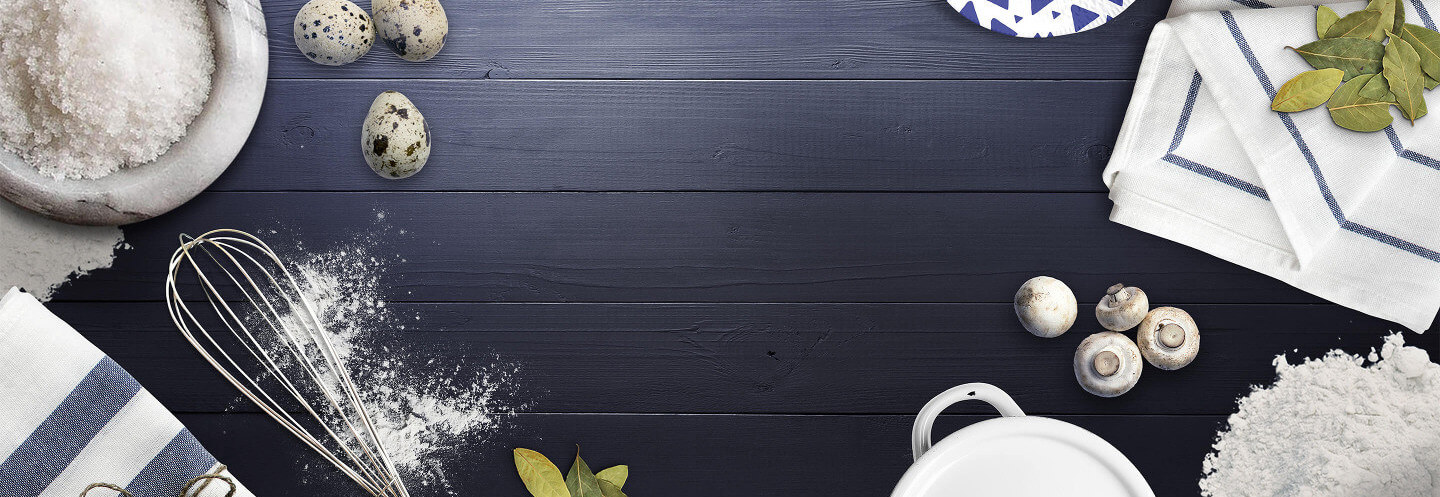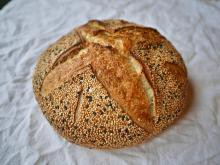https://www.copymethat.com/r/SPrh7HzI9/pineapple-juice-sourdough-starter/
97741173
66TXomA
SPrh7HzI9
2024-09-01 05:00:09
Pineapple Juice Sourdough starter
loading...
X
Ingredients
- Day 1: mix...
- 2 tablespoons whole grain flour* (wheat or rye)
- 2 tablespoons pineapple juice, orange juice, or apple cider
- Day 2: add...
- 2 tablespoons whole grain flour*
- 2 tablespoons juice or cider
- Day 3: add...
- 2 tablespoons whole grain flour*
- 2 tablespoons juice or cider
- Day 4: (and once daily until it starts to expand and smell yeasty), mix . . .
- 2 oz. of the starter (¼ cup after stirring down -- discard the rest)
- 1 oz. whole grain flour* (scant ¼ cup)
- 1 oz. water (2 tablespoons)
- note: Organic is not a requirement, nor does it need to be freshly ground.
- On average, yeast begin to grow on day 3 or 4 in the warmer months, and on day 4 or 5 during colder times of the year, but results vary by circumstance. Feed once a day, taking care not to leave mold-promoting residue clinging to the sides or lid of your bowl or container, and refer back to the different phases to track progress---particularly if it gets stuck in second phase or shows no progress for 3 or more days. Once you have yeast growing (but not before), you can and should step up the feeding to two or three times a day, and/or give it bigger refreshments. Before yeast, don't feed too much; after yeast, don't feed too little. You can feed the starter/seed culture whatever you would like at this point. White flour, either bread or a strong unbleached all-purpose like King Arthur or a Canadian brand will turn it into a general-purpose white sourdough starter. Feed it rye flour if you want a rye sour, or whole wheat, if you want to make 100% whole wheat breads. If you're new to sourdough, a white starter is the best place to start.
- This is the point at which I generally defer to the sourdough experts. There are several good books on sourdough which address the topic of starter maintenance and how to use it in bread. There are many different approaches. Just keep in mind that the first days of the seed culture process have nothing to do with developing flavor or even fostering the most desirable species. The object is simply to move through the succession and get the starter up and running. The fine-tuning begins there. Once yeast are growing well, choose the hydration, temperature and feeding routine that suits you, and the populations will shift in response to the flour and conditions that you set up for maintenance.
- One more thing I have found is that with regular feeding at room temperature, new starters seem to improve and get more fragrant right around the two week mark. Maybe this coincides with the appearance of Lactobacillus sanfranciscensis mentioned previously, or another highly adapted sourdough species. A Fifth Phase, and beyond? Obviously, there is still more to learn. -Debra Wink
Steps
Directions at thefreshloaf.com
Never lose a recipe again, not even if the original website goes away! Use the Copy Me That button to create your own complete copy of any recipe that you find online. Learn more! It's free!



